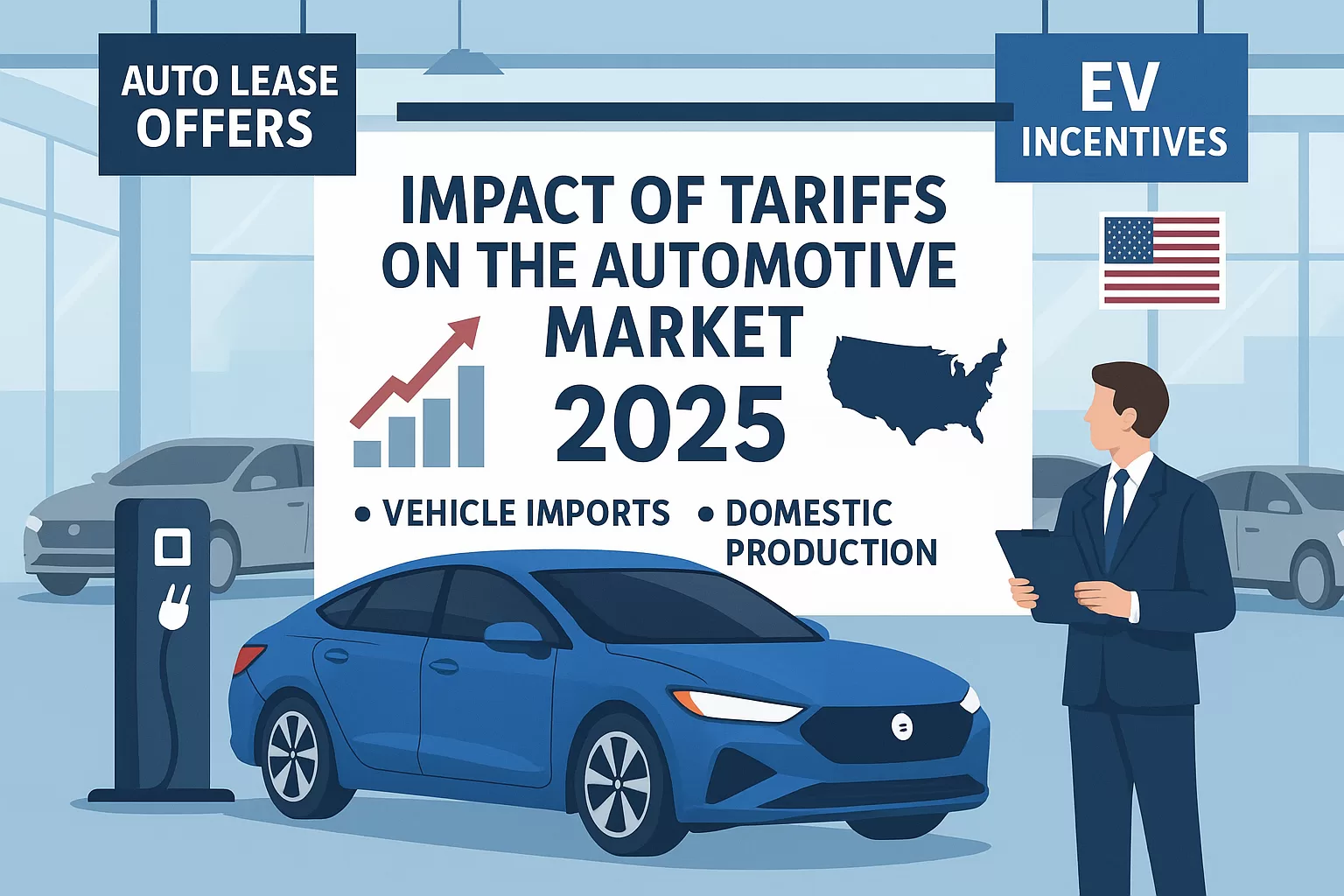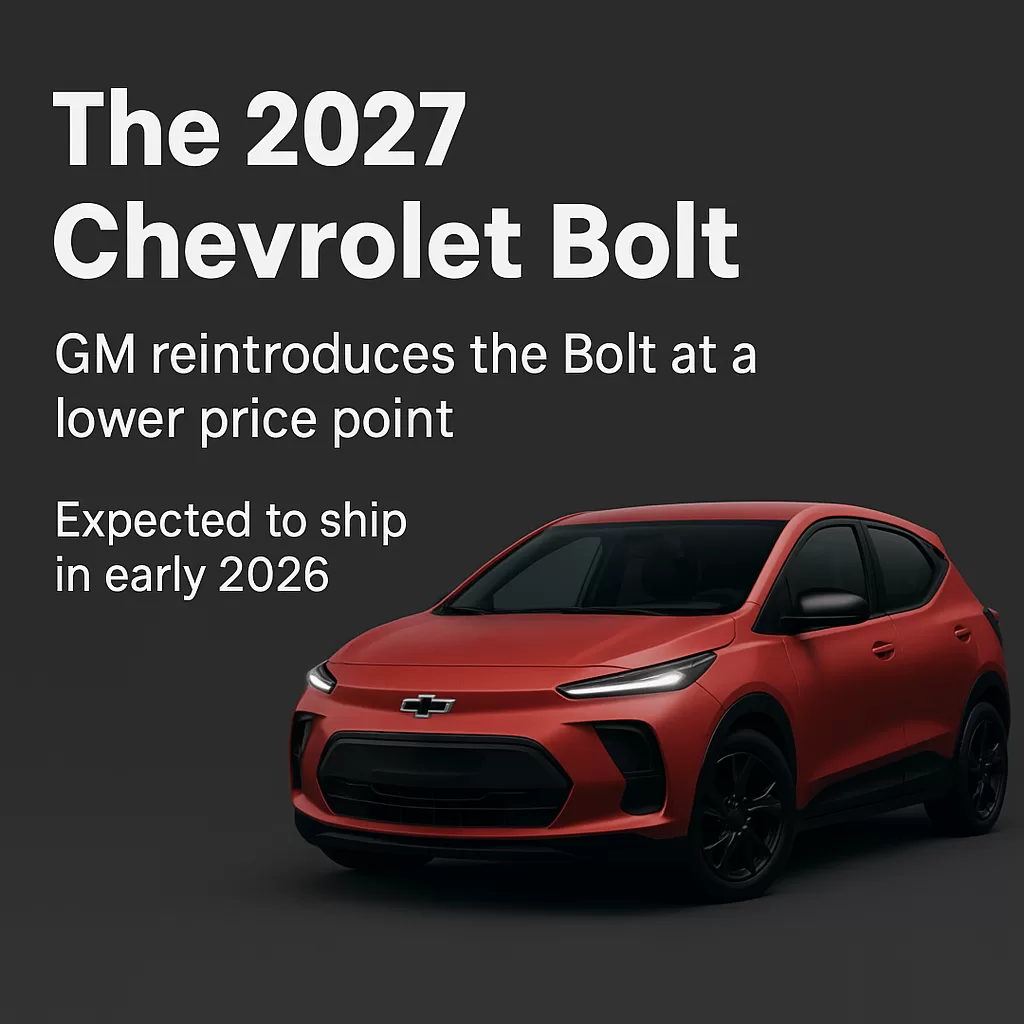As the global automotive industry continues to evolve in 2025, recent developments in international trade policies—particularly tariff adjustments—are capturing the attention of manufacturers, dealerships, and consumers alike. These changes, often discussed within broader economic strategies, have sparked widespread interest in how they might shape the automotive leasing landscape moving forward.
This article aims to provide an informative, fact-based overview of the current tariff landscape, the automotive market’s response, and what those in the auto lease sector may want to monitor. While avoiding speculation or policy critique, we will explore available data and trends that could offer constructive insights for stakeholders in the leasing market.
Understanding the 2025 Tariff Developments
1. Overview of Current Tariff Measures
In early 2025, the U.S. administration, under its continued focus on economic competitiveness and domestic manufacturing, confirmed reviews of existing tariff structures on various imported goods, including automobiles and auto parts.
As of Q1 2025:
- Tariffs on certain electric vehicles (EVs) from overseas markets have been reviewed under the Trade Expansion Act of 1962.
- Proposed measures are intended to support U.S. automotive manufacturing, with a focus on critical technologies, including EV battery supply chains.
- The Office of the United States Trade Representative (USTR) has indicated that tariff adjustments will consider input from auto industry stakeholders.
“Any changes will be implemented in consultation with manufacturers, labor organizations, and consumers to ensure fairness and market stability.” – USTR, January 2025
Impact on Vehicle Availability and Sourcing
2. Adjustments in Vehicle Imports
According to U.S. Census Bureau trade data, imports of foreign-made vehicles have remained consistent through Q1 2025, although some manufacturers have signaled future changes in sourcing and assembly to adapt to evolving tariff rules.
Key Statistics:
- U.S. vehicle imports from Asia totaled $18.6 billion in Q1 2025, down 4.3% from Q1 2024.
- European auto imports remained stable at $12.9 billion, largely driven by luxury and hybrid models.
Source: U.S. Census Bureau, International Trade Report, March 2025
Leasing companies that source vehicles from overseas manufacturers may experience changes in delivery timelines or model availability, though there is no formal guidance indicating disruptions.
Auto Manufacturers’ Strategies in Response
3. Domestic Investment and Expansion
Several automakers have announced new investments in U.S.-based production in light of broader trade policy goals. This trend aligns with long-standing initiatives to strengthen domestic supply chains.
Recent Announcements:
- Hyundai Motor Group confirmed an expansion of its Montgomery, Alabama plant to increase local EV production.
- Volkswagen plans to shift final assembly of selected models to its Chattanooga, Tennessee facility starting mid-2025.
- General Motors announced a $2.4 billion investment into battery manufacturing in Michigan and Ohio.
These strategic shifts not only support tariff policy goals but may also benefit lease companies by providing more consistent inventory availability from domestic sources.
Potential Effects on Lease Pricing Structures
4. Pricing Considerations and Cost Variables
In the leasing sector, vehicle price fluctuations—whether due to tariffs, logistics, or currency exchange—can influence monthly payments and residual values. However, lease structures are typically designed to mitigate sharp consumer cost changes through balancing factors like incentives, interest rates, and volume-based dealer discounts.
Cost Inputs Monitored by Lease Companies:
- Manufacturer Suggested Retail Price (MSRP)
- Acquisition Costs (logistics, import duties)
- Manufacturer Support Programs
- Residual Value Forecasts
According to Cox Automotive, lease payments remained stable in Q1 2025, averaging $471 per month across non-luxury brands—unchanged from late 2024.
While tariff-related costs may factor into pricing, they are typically balanced by incentives or adjusted residual values in competitive lease markets.
Influence on Electric Vehicle Leasing
5. EV Leasing Sees Continued Momentum
EV leasing has seen robust growth, partially due to the $7,500 federal tax credit applicable to leased vehicles under the Inflation Reduction Act. While some EVs imported from specific markets may be subject to tariffs, many qualify for leasing incentives that offset potential cost changes.
EV Leasing Data Highlights:
- 43% of all EVs leased in Q1 2025 were in the compact or crossover segments.
- Tesla, Hyundai, and Nissan reported strong lease uptake due to aggressive pricing and inventory availability.
- Average EV lease payment: $399/month (J.D. Power, 2025)
Some leasing providers have begun highlighting domestic EV options to simplify eligibility for incentives and reduce exposure to import-related cost variability.
Dealership and Consumer Sentiment
6. Stable Outlook and Adaptation
In a recent National Automobile Dealers Association (NADA) survey:
- 72% of dealerships reported confidence in adapting to evolving supply chain and tariff-related factors.
- 61% plan to increase in-house leasing promotions for domestically assembled models in 2025.
Consumers, particularly those seeking flexible vehicle access, continue to view leasing as a cost-effective solution. According to Experian Automotive, 1 in 4 new vehicle transactions in early 2025 was a lease—consistent with 2024 figures.
Supporting Positive Expectations
7. Government and Industry Collaboration
Both government and industry leaders have underscored the importance of collaboration to maintain a resilient and competitive auto market. In January 2025, the Department of Commerce emphasized its commitment to:
- Supporting U.S. job creation in auto manufacturing
- Encouraging innovation in EV production
- Facilitating market stability through clear communication with automakers
These efforts are expected to foster continued investment and operational flexibility, which may prove beneficial to the leasing market over time.
Conclusion
While the full effects of recent tariff developments are still unfolding, available data suggests that the auto leasing sector remains adaptive and resilient. With sustained investment in domestic manufacturing, strong consumer interest in leasing, and ongoing federal incentives—particularly in the EV space—auto lease news in 2025 remains dynamic and engaging.
For any questions regarding auto leasing in New York call us at (718) 313-0044 or check our Car Lease Deals Online
Sources and References
- U.S. Census Bureau – International Trade in Goods and Services
- USTR – Office of the United States Trade Representative
- NADA – National Automobile Dealers Association
- Experian Automotive – State of the Automotive Finance Market Report, Q1 2025
- Cox Automotive – U.S. Vehicle Leasing Trends
- J.D. Power – EV Lease Data & Forecast, 2025
For any questions regarding auto leasing in New York call us at (718) 313-0044 or check our Car Lease Deals Online
Disclaimer
The information provided on this website, including articles, images, statistics, and references, is intended for informational and educational purposes only.
Presidential Auto Leasing & Sales strives to ensure that all information is accurate and up to date at the time of publication. However, we make no guarantees regarding the completeness, reliability, or accuracy of any content.
This website and its content do not constitute financial or legal advice, nor do they represent an offer or commitment to lease, sell, or finance any specific vehicle. Lease terms, pricing, and incentives may vary by manufacturer, location, and credit approval.
All images used on this website are either:
Owned by Presidential Auto Leasing & Sales,
Licensed for commercial use, or
Used under fair use for commentary, education, or news reporting, with proper attribution when applicable.
If you believe that any image or material on this site infringes on copyright, please contact us immediately at info@presidnetialautony.com, and we will review and take appropriate action.
About Presidential Auto Leasing & Sales
Presidential Auto Leasing & Sales is a licensed automotive broker serving New York, New Jersey, Connecticut, and Pennsylvania. We specialize in new vehicle leasing, financing assistance, and personalized customer service. Our mission is to make car leasing simple, transparent, and affordable for every driver.
For more information, call us at (718) 313-0044.



